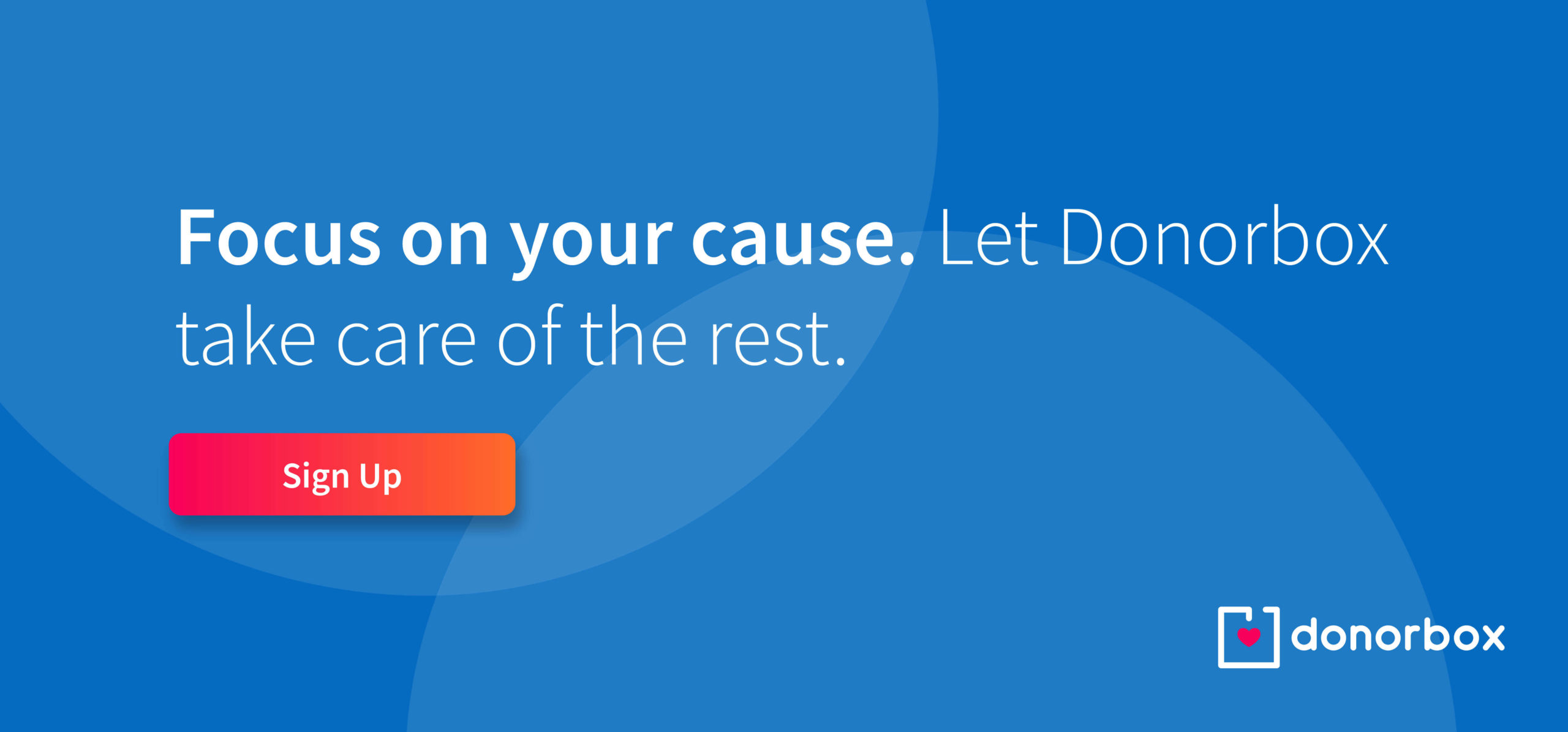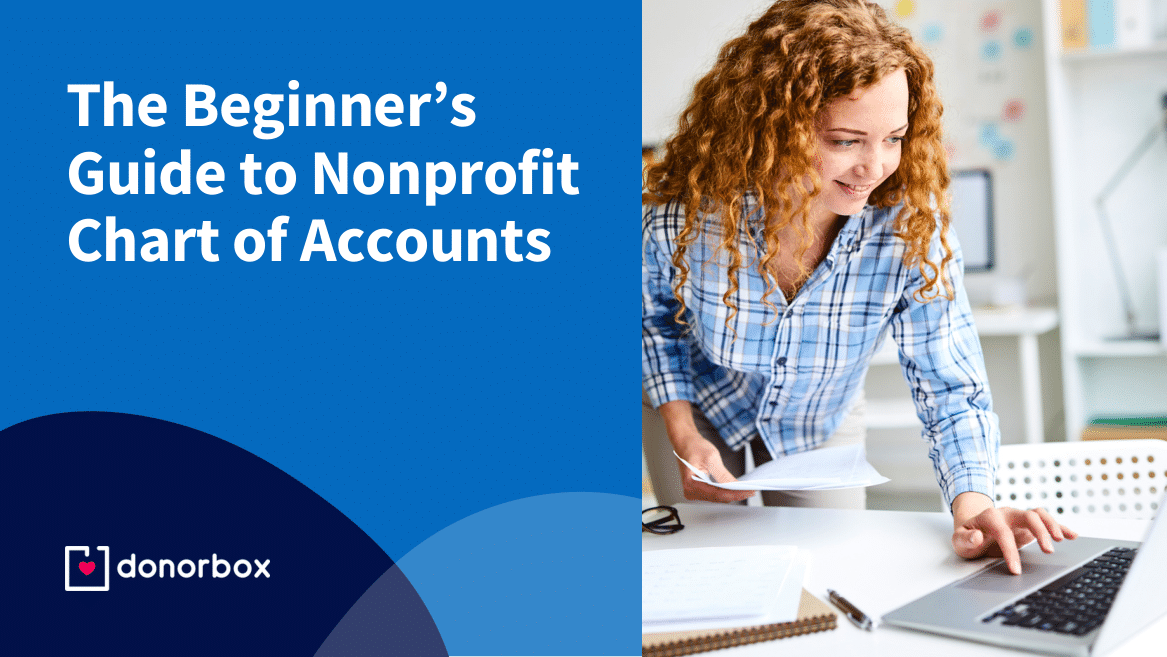A Chart of Accounts isn’t one of the four required financial statements for nonprofits, although it is equally important. It supplies staff, board members, and potential funders with an in-depth look at your organization’s financial health.
This article will provide you with the four essential elements and three tips to help you get started right away.
What is a Nonprofit Chart of Accounts (COA)
A Chart of Accounts (COA) is a list of financial accounts that helps nonprofits keep track of their transactions. This list does not include all financial transactions. Instead, it breaks these accounts into categories like assets, liabilities, income, expenses, and equity. Your COA will include a number, name, category type, and description for each account type.
Why Do Nonprofits Need a Chart of Accounts?
Nonprofits benefit from a Chart of Accounts because it gives them a quick way of viewing how money works throughout their organization. This is crucial when applying for grants or business loans.
A Chart of Accounts gives nonprofits a clear understanding of their own finances. A COA helps organizations create quality financial reports and set up necessary internal controls.
Chart of Accounts Numbering Conventions
While all Chart of Accounts follows similar numbering conventions to limit confusion, there is no requirement to use the same numbering for all organizations. Nonprofits can lay out their Chart of Accounts in a system that works best for their organization.
The following example is an excellent starting point for new nonprofits.
1000 Assets
2000 Liabilities
3000 Equity or Net Assets
4000 Revenue
5000 Expenses
Organizations may also add subcategories to the Chart of Accounts to provide more details.
4100 Grants
4200 Individual Donations
4300 Special Events
4310 Event Tickets
4320 Sponsorships
4330 Auction
4400 Program Revenue
The 4 Essential Elements of a Chart of Accounts
1. Number
As we’ve already discussed, each account category and subcategory will have its own number. This makes it easier to find and understand complicated financial reports.

2. Name
As you add sections to your Chart of Accounts, you must include a name that adequately describes the account to outsiders.
If your nonprofit relies heavily on revenue from events throughout the year, you’ll want to add each event as a separate subcategory. You can further break down that revenue by tickets, sponsorships, and auction funds.

3. Type or Category
The type and categories in your Chart of Accounts should follow the same basic framework as other organizations. Most Chart of Accounts will break categories down into the following:
3.1 Assets
Assets are everything your nonprofit owns, including bank account balances, inventory, accounts receivable, and fixed assets like furniture and equipment.
3.2 Liabilities
Liabilities are what your nonprofit owes. This can include loans you took out to start the organization, credit cards, mortgages, and accrued PTO. It’s best to split your liabilities between current and long-term.
3.3 Equity or Net Assets
For-profit companies will generally use this section of a COA to show their shareholders the surplus of funds collected. Donors may supply funding for a specific program or purpose; you must hold these funds in a separate account until they can be used.
Under Net Assets, nonprofits can show unrestricted, temporarily restricted, and permanently restricted, endowment funds, and any other donor-restricted funds.
3.4 Revenue
Revenue shows all income that your organization collects.
3.5 Expenses
Expenses show all money that your nonprofit spends.

4. Description
Supplying a description for each account will help explain to all staff members as well as outsiders where funds are coming from or going to outside accountants and potential funders.

3 Things to Consider to Maintain an Effective Nonprofit Chart of Accounts
Creating and maintaining a nonprofit chart of accounts can take time and effort. Below are a few steps you can take to limit the struggle.
1. Reporting structure and account relationships
A Chart of Accounts is a report that shares your organization’s financial story. The best way to structure your COA depends on your organization’s needs and requirements. If your nonprofit relies heavily on events or grants, you’ll likely prioritize that in your COA.
Nonprofits can also show more details on each category type in a Chart of Accounts. They will want to develop a hierarchical structure that shows the primary account types first, then include subcategories.
2. Software integrations
If your nonprofit uses accounting software like QuickBooks, you must take steps to ensure your accounts are compatible with the software. This allows for seamless reporting and the ability to make quick changes when necessary.
The best way to do this includes the following:
- Understand QuickBooks features and how they organize accounts
- Customize QuickBooks’ default accounts to better meet your needs
- Align account types and numbers
- Import existing Charts of Accounts from other software
- Review and test
Donorbox users can easily combine their fundraising with QuickBooks accounting software. That means any time you receive a donation, it will automatically show up in QuickBooks. You won’t have to do a thing!
Here’s how to integrate QuickBooks with Donorbox in 2 easy ways-
3. Flexibility
Nonprofits do not need distinct categories to show all revenue and expenses. In the beginning, a few parent categories and subcategories should be enough. It’s essential to leave room for growth, so define your priorities and figure out which funds and expenses must be included.
Your Charts of Accounts must have enough flexibility to customize for your organization’s needs. COA should change as your organization grows.
Nonprofits may start with primarily grant funding and individual donations but quickly realize the necessity of corporate partnerships and investments. They must create a Chart of Accounts flexible enough to add and subtract categories to tell their overall financial story.
Final Thoughts
We hope the details provided in this article help you create a Chart of Accounts for your nonprofit. The primary purpose of this report is to give an overview of your nonprofit’s financial health. Look out for and keep in mind areas of your organization where growth is possible and leave room in COA numbering for that growth.
As your nonprofit develops, it’s crucial to find support wherever possible. Hiring an accountant and bookkeeper to create and oversee your Chart of Accounts is best. Donorbox also has several articles to help you prepare required financial statements and increase your nonprofit’s fundraising. To start with, read our guides on nonprofit accounting, fund accounting, and bookkeeping.
Want more such insightful blogs? Check out our Nonprofit Blog and subscribe to the monthly newsletter!
Learn more about Donorbox’s powerful fundraising and donor management features on the website. We’re chosen by 80,000+ organizations in 96 countries, and we’ve helped them raise over $2 billion in donations already! Be a part of this growth journey – sign up for Donorbox today.
Disclaimer: By sharing this information we do not intend to provide legal, tax, or accounting advice, or to address specific situations. The above article intends to provide generalized financial and legal information designed to educate a broad segment of the public. Please consult with your legal or tax advisor to supplement and verify what you learn here.








